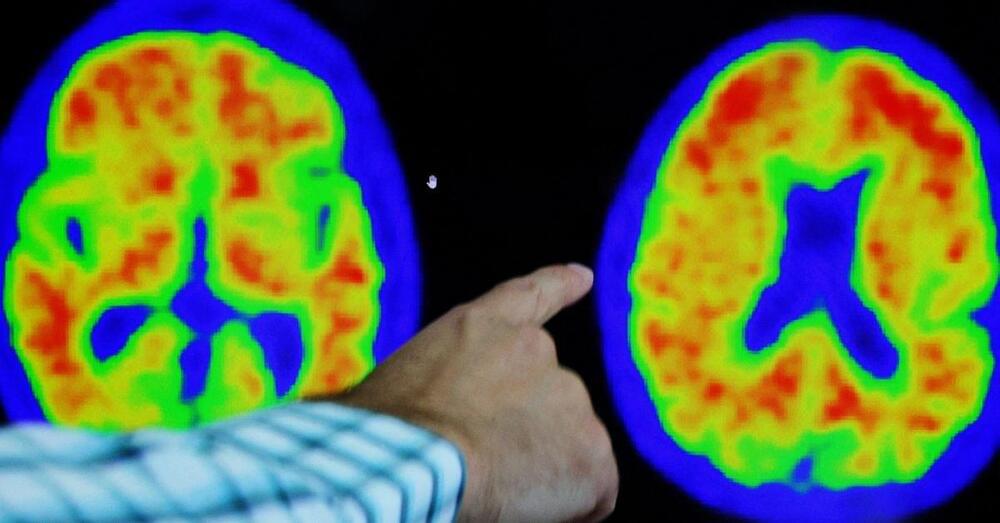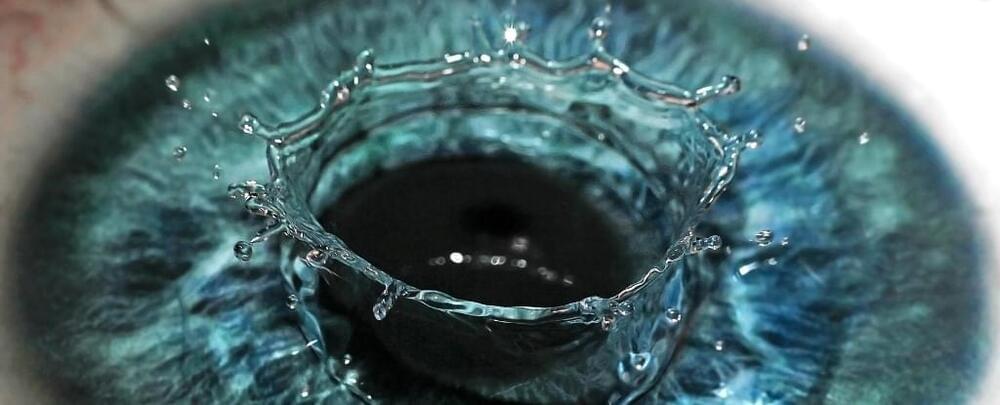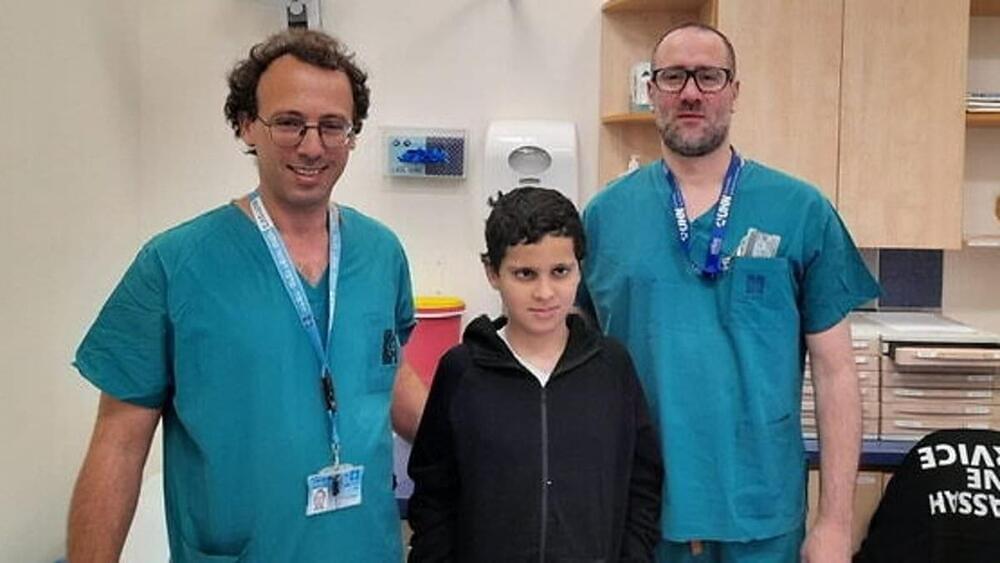Bryan Johnson got blood plasma from his 17-year-old son as part of his effort to age backward but has concluded there were “no benefits detected.”



A recent paper published in Nature Aging by researchers from Integrated Biosciences, a biotechnology company combining synthetic biology and machine learning.
Machine learning is a subset of artificial intelligence (AI) that deals with the development of algorithms and statistical models that enable computers to learn from data and make predictions or decisions without being explicitly programmed to do so. Machine learning is used to identify patterns in data, classify data into different categories, or make predictions about future events. It can be categorized into three main types of learning: supervised, unsupervised and reinforcement learning.

Ark Invest, which is led by CEO Cathie Wood, has been pouring money into semiconductor stocks lately and has made another notable purchase. According to portfolio updates published by the firm yesterday, Wood’s company has increased its investment in Quantum-Si (QSI-6.20%) — a small-cap biotech with a specialized, chip-based platform for protein sequencing.
Ark Invest regularly publishes information about stocks that have been bought and sold for its exchange-traded funds (ETFs), and a recent update showed it purchased more than 1.4 million shares of Quantum-Si stock for its Ark Genomic Revolution ETF (ARKG-1.84%) on Thursday. The purchase would have been valued at roughly $3.7 million based on the stock’s price at market close yesterday, and is the largest investment that Ark has made in the healthcare-tech upstart’s stock so far.
So the question is: Why is Wood excited about this little-known life sciences player?

Scientists have achieved a major breakthrough in combating ageing and age-related diseases. The study by the researchers from Harvard Medical School and Massachusetts Institute of Technology was published in the journal Aging-US.
Humanity’s attempt to prevent ageing: What is the breakthrough?
The researchers have introduced a chemical method through a ‘single pill’ to reprogram body cells, following which the cells effectively return to a younger state.

Open Access: This is an open access article distributed under the terms of the CC-BY License. © 2023 Clifford K et al. JAMA Network Open.
Corresponding Author: John C. Woodfield, PhD, Department of Surgical Sciences, Otago Medical School-Dunedin Campus, PO Box 913, Dunedin 9,054, New Zealand ([email protected]).
Author Contributions: Dr Woodfield had full access to all of the data in the study and takes responsibility for the integrity of the data and the accuracy of the data analysis.

July 16 (Reuters) — Alzheimer’s disease experts are revamping the way doctors diagnose patients with the progressive brain disorder — the most common type of dementia — by devising a seven-point rating scale based on cognitive and biological changes in the patient.
The proposed guidelines, unveiled by experts on Sunday in a report issued at an Alzheimer’s Association conference in Amsterdam, embrace a numerical staging system assessing disease progression similar to the one used in cancer diagnoses. They also eliminate the use of terms like mild, moderate and severe.
The revamp — replacing guidelines issued in 2018 — was prompted by the increased availability of tests detecting key Alzheimer’s-related proteins such as beta amyloid in the blood and new treatments that require confirmation of disease pathology prior to use.

A small selection of volunteers who were completely color blind can now faintly detect a splash of color following retinal gene therapy.
Following the trial by researchers in Israel, three adults and one child who could only sense brightness of light found that after gene therapy they were able to tell a red object apart from its darker background.
Achromatopsia is caused by defects in genes that control cone cells, our eyes’ color-sensors. The approximately 1 in 30,000 people affected see all the vibrant colors of the world as blurry shades of gray.

In a study published recently in Advanced Intelligent Systems, researchers from Queen Mary University of London have made significant advancements in the field of bionics with the development of a new type of electric variable-stiffness artificial muscle that possesses self-sensing capabilities. This innovative technology has the potential to revolutionize soft robotics and medical applications.
Muscle contraction hardening is not only essential for enhancing strength but also enables rapid reactions in living organisms. Taking inspiration from nature, the team of researchers at QMUL’s School of Engineering and Materials Science has successfully created an artificial muscle that seamlessly transitions between soft and hard states while also possessing the remarkable ability to sense forces and deformations.
Dr. Ketao Zhang, a Lecturer at Queen Mary and the lead researcher, explains the importance of variable stiffness technology in artificial muscle-like actuators. “Empowering robots, especially those made from flexible materials, with self-sensing capabilities is a pivotal step towards true bionic intelligence,” says Dr. Zhang.
Join us on Patreon! https://www.patreon.com/MichaelLustgartenPhD
Discount Links:
NAD+ Quantification: https://www.jinfiniti.com/intracellular-nad-test/
Use Code: ConquerAging At Checkout.
Epigenetic Testing: https://trudiagnostic.com/?irclickid=U-s3Ii2r7xyIU-LSYLyQdQ6…M0&irgwc=1
Use Code: CONQUERAGING
At-Home Metabolomics: https://www.iollo.com?ref=michael-lustgarten.
Use Code: CONQUERAGING At Checkout.
At-Home Blood Testing: https://getquantify.io/mlustgarten.
Oral Microbiome: https://www.bristlehealth.com/?ref=michaellustgarten.

Doctors in Israel have re-attached a boy’s head after he was hit by a car while riding his bike.
Twelve-year-old Palestinian Suleiman Hassan, from the West Bank, suffered an internal decapitation — where the base of the skull and the top of the spine become detached, but the skin is still intact.
Decapitation is the total separation of the head from the body. Internal decapitation occurs when sudden impact to the head causes the ligaments and muscles holding the skull in position on the top vertebrae of the spine to tear.